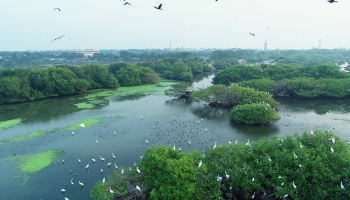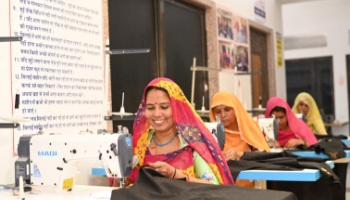Dec 29, 2022 . Read 5 min
At the end of a difficult year, reasons for optimism
Dhiraj Nayyar, Chief Economist, Vedanta
The abject failure of China’s zero covid policy and its rapid reversal under the specter of mass popular protests has meant that 2022 will end with Covid-19 still dominating headlines as it has done since March 2020. The sharp rise in cases in some countries other than China has meant that the world of travel restrictions, RT-PCR tests and other Covid-related precautions have made a comeback just when the world thought that they had been left behind. Still, there are reasons to be optimistic about what 2023 has in store, particularly for India.
While there is every reason to take precautions, it is unlikely that the current subvariant of Omicron that is surging through China will impact India in a big way. It is estimated that more than 98% of India’s population has already acquired immunity. So, unless the virus mutates to a new and more dangerous variant, India is relatively protected. The disruption to economic activity, if any, should only be restricted to incoming travel from China and a handful of countries. India’s other macroeconomic indicators including the moderating rate of inflation suggest strong economic fundamentals and lay the ground for faster growth in 2023.
China’s shambolic handling of Covid, which now threatens the world a second time after their original sin of 2020 will only reinforce an emerging trend of diversification of critical supply chains. The world will look even more actively for alternatives to China as a manufacturing destination. India remains the natural alternative and must become even more active in ensuring that global manufacturing relocates to this country. There is a need to continue to press the accelerator on market-friendly reforms and the dismantling of red tape and other irritants which hamper the ease of doing business.
India’s strategic embrace of FTAs, (with Australia and UAE for example), are opportunities to become part of regional and global value chains. We must continue to embrace partnerships that will bring mutual benefit. The advanced economies must also be generous with India in terms of market access like they were with Japan, China and other East Asia countries in the previous decades. A large, democratic, market economy which becomes prosperous is the best ally and bulwark against existing and emerging global threats.
The world will continue to live in uncertainty as it enters 2023. Apart from Covid, the Russia-Ukraine war continues to be a disruptive factor. The countries that convert the myriad challenges into fruitful opportunities will be the winners out of this churn.







